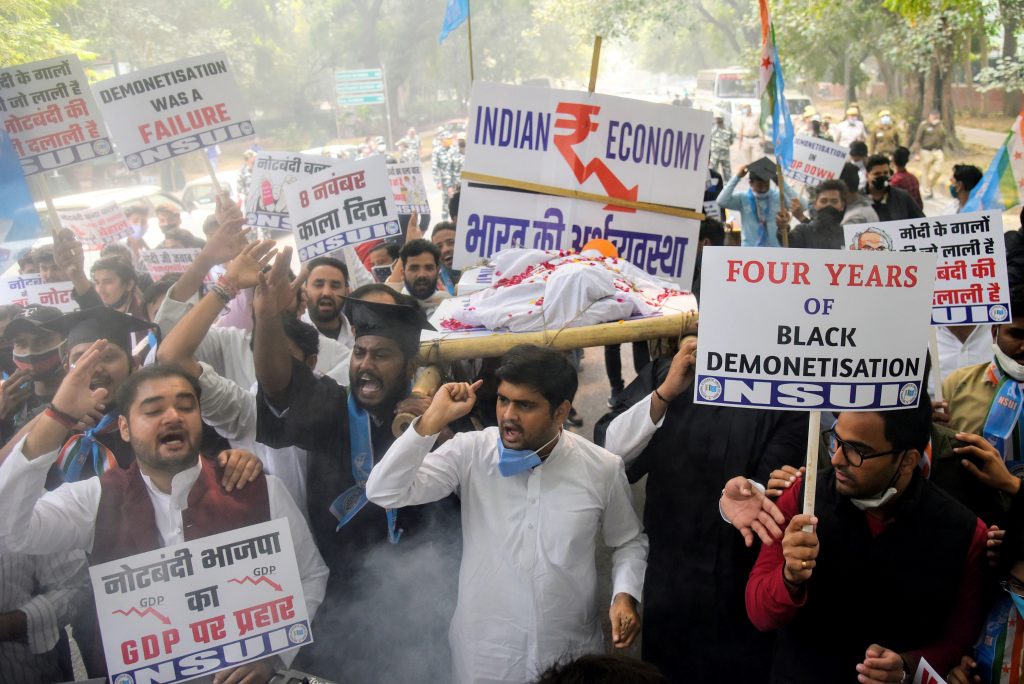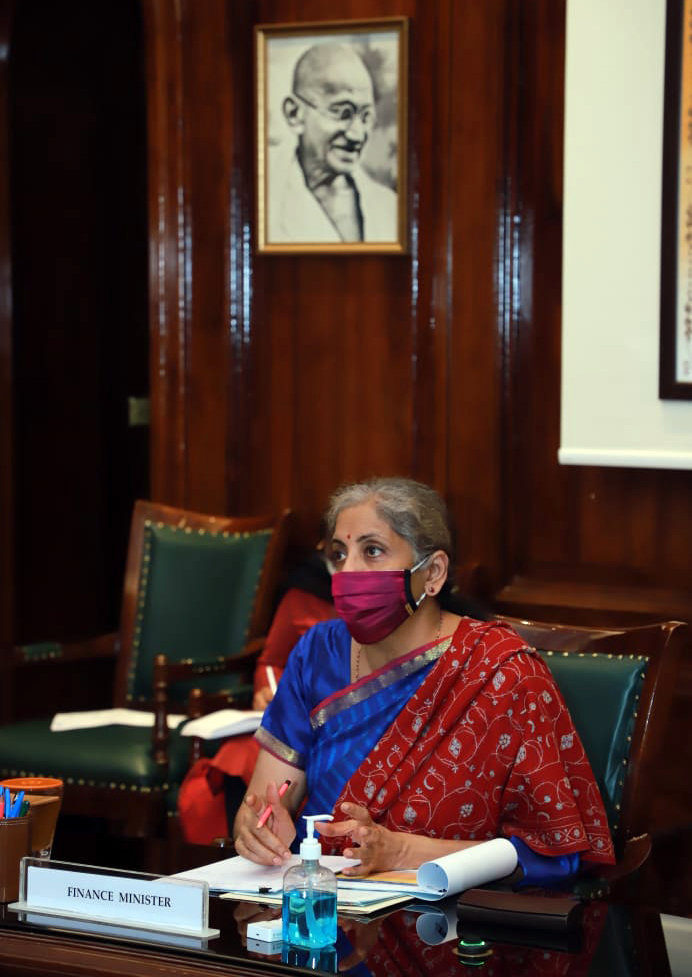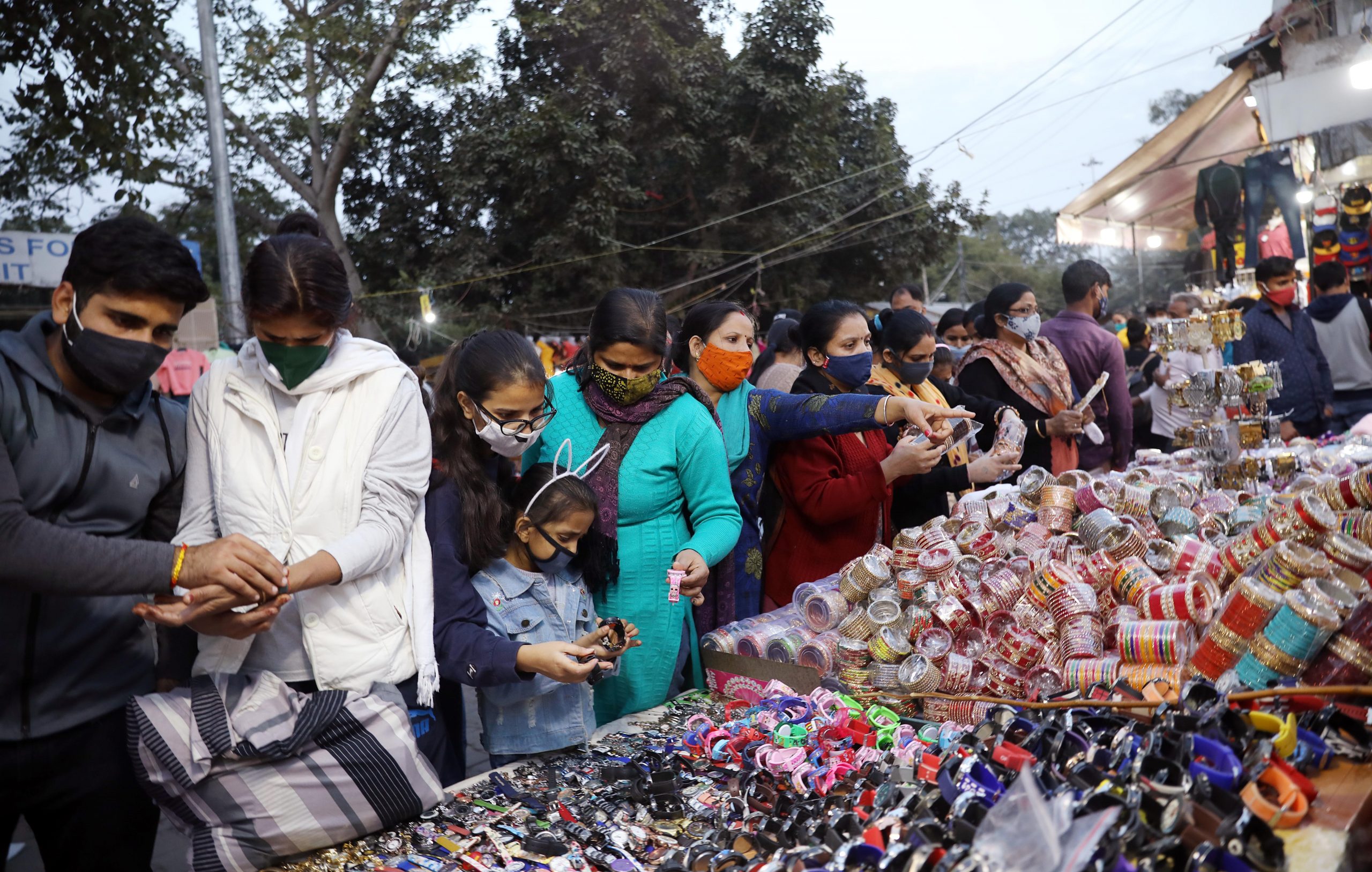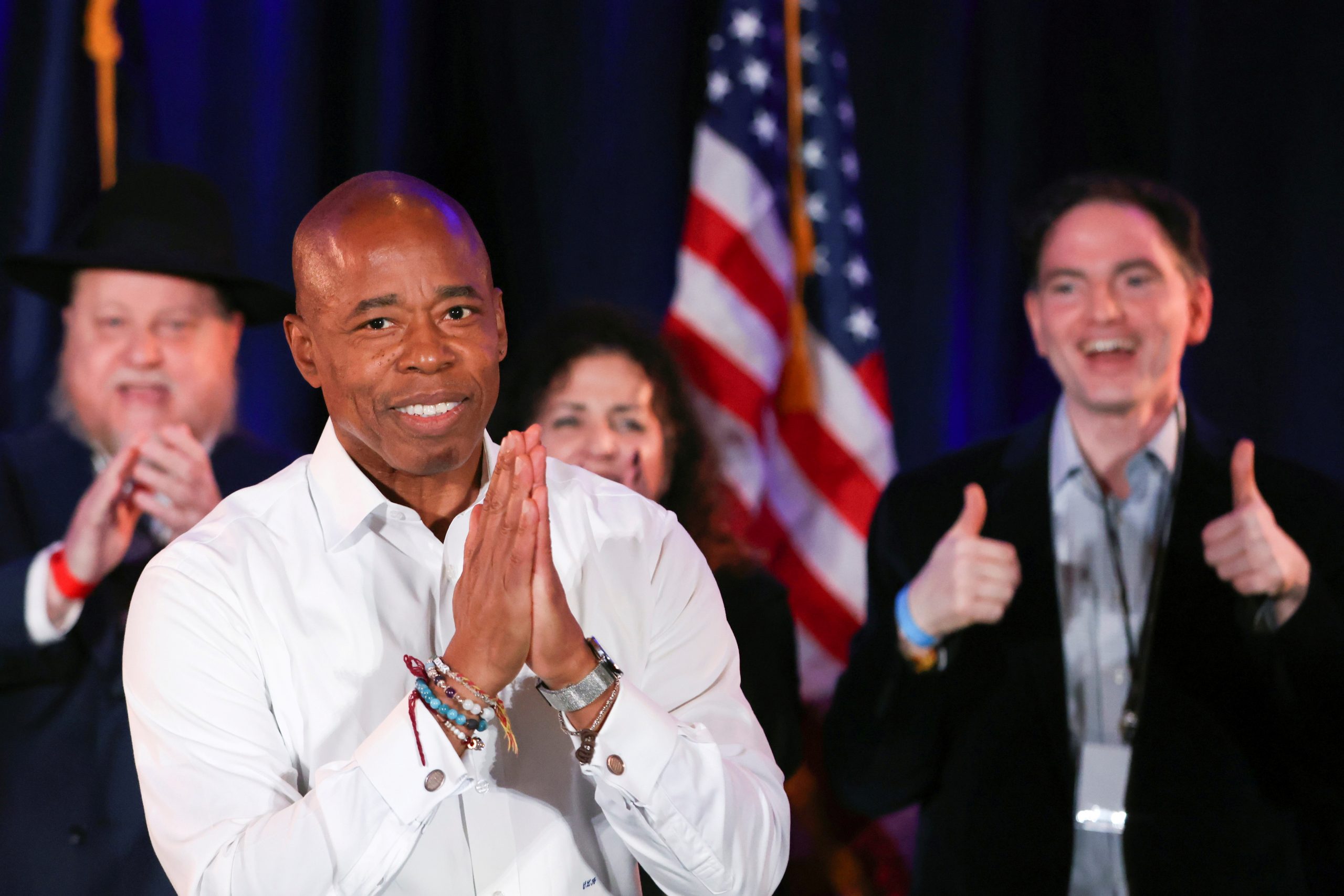With the contraction of 7.5 per cent in the second quarter, the Indian economy has hit recession. But the government claims a V-shaped recovery.
What is the actual scenario of Asia’s third biggest economy?
Our Bureau
New Delhi
The Indian economy contracted by 7.5 per cent in the July to September quarter (Q2 FY21), government data showed here on Friday. Though this is a rebound from the earlier quarter but with this contraction Indian economy has hit technical recession for the first time.
According to the Ministry of Statistics and Programme Implementation, gross value added (GVA) came in at minus 7 per cent. The economy had contracted by 23.9 per cent in the April to June quarter (Q1 FY21), marking the first contraction in more than 40 years as COVID-19 pandemic compressed consumer demand and private investments.
“GDP at Constant (2011-12) Prices in Q2 of 2020-21 is estimated at Rs 33.14 lakh crore, as against Rs 35.84 lakh crore in Q2 of 2019-20, showing a contraction of 7.5 per cent as compared to 4.4 per cent growth in Q2 2019-20,” said the Ministry of Statistics and Programme Implementation in a statement.
“Quarterly GVA at Basic Prices at Constant (2011-12) Prices for Q2 of 2020-21 is estimated at Rs 30.49 lakh crore, as against Rs 32.78 lakh crore in Q2 of 2019-20, showing a contraction of 7 per cent,” it added.
The statement said during the quarter trade, hotels, transport and communication saw a dip of -15.6 per cent while public administration, defense and other services by -12.2 per cent. The financial, real estate and professional services sector contracted by 8.1 per cent and construction by 8.6 per cent.

Some sectors have bounced back with resumption of economic activities. The electricity, gas, water supply and other utility services have shown a growth of 4.4 per cent; agriculture, forestry and fishing sector at 3.4 per cent and manufacturing sector showed a marginal growth of 0.6 per cent.
The economy was already slowing before the pandemic struck, growing only 4.2 per cent in the last fiscal year, its slowest pace in 11 years.
Now, citing continuous revisions in India’s GDP estimates as the current norm, State Bank of India (SBI) revised their second-quarter (Q2) GDP to -10.7 per cent from -12.5 per cent with a positive bias, in a research report from SBI Ecowrap on Friday.
The report titled, “Positive events improve India’s Q2 GDP projections: Losses reduced but reasons to remain cautious remain,” was authored by Dr Soumya Kanti Ghosh, SBI’s Chief Economic Adviser. According to it, the upward revisions reflected faster recovery and the estimates could be better if July and August showed a little bit of traction. The SBI business activity index showed continuous improvement and expected Q3 numbers to be even better. “However, the extent of recovery in subsequent quarters could only be gauged after the actual Q2 numbers were published,” the report stated.
The Ecowrap report said there was no doubt that the country’s economy had suffered and the scarring still remained. The Micro, Small and Medium Enterprises (MSME) sector borne the brunt of the COVID-19 pandemic and the Export Promotion Capital Goods (ECLGS) scheme was a shot in the arm.
The SBI Ecowrap reiterated that despite the reduction in losses, one should remain cautious in the present scenario. “Although the GST numbers provide cheer as in October 2020, it showed 10 per cent y-o-y growth and is expected to be healthy, the true picture will emerge when GDP data comes,” the report added.
It further said future prognosis depended on two things — the shape of the recovery from COVID-19 infections and how fast the vaccine was rolled out.
“The current trends of COVID-19 infection show the cases in India peaked in September. With Unlock 5.0 and festival season till December end, the chances of possible second wave will increase. With domestic vaccine entering Phase III and one more phase to go, COVID-19 recovery will be contingent on how fast the vaccine is rolled out and consumer confidence is restored. The best estimate of full recovery in consumer confidence can be placed in Q3,” the report concluded.
With the contraction of the Indian GDP by 7.5 per cent in July to September quarter (Q2 FY21), Chief Economic Advisor (CEA) KV Subramanian on Friday said GDP estimates are more encouraging than what was anticipated though he urged for caution in the coming months.
“The GDP estimates are more encouraging than what was anticipated by most commentators. Uncertainty in the economic outlook is due to the COVID-19 pandemic and therefore I would urge caution especially given winter months,” Subramanian said. Though the contraction of 7.5 per cent is a rebound from the earlier quarter, when the economy had contracted by 23.9 per cent in the April to June quarter (Q1 FY21), the current contraction has caused the Indian economy to hit technical recession for the first time.
“Indian economy had picked up momentum by February 2020, only to be halted by COVID-19 outbreak. The Q1-GDP contraction was primarily due to the stringent lockdown,” CEA said.
Subramaniam mentioned that a V-shaped recovery in growth could be spotted across sectors with “capital and infrastructure sectors especially encouraging”.
“There is a V-shaped growth pattern in all major sectors today. Consumer durables, capital and infrastructure look very encouraging. Food Inflation is expected to soften in Q3,” he said.
The ministry statement said during the quarter trade, hotels, transport and communication saw a dip of -15.6 per cent while public administration, defense and other services by -12.2 per cent. The financial, real estate and professional services sector contracted by 8.1 per cent and construction by 8.6 per cent.It has been reported that India’s e-commerce festive sale season from October 15-November 15 this year delivered $8.3 billion (about Rs 58,000 crore) worth of gross sales for brands and sellers, up 65 per cent from $5 billion (Rs 35,000 crore) last year.
This was also higher than the pre-festive forecast of $7 billion, RedSeer said in a report titled ‘The Festival of Firsts’.
About $3.2 billion (Rs 22,000 crore) worth of gross sales was registered in September this year, which zoomed to $8.3 billion in the festive period, the report said.
Of the $8.3 billion, $4.2 billion (Rs 29,000 crore) was logged in the first event, $1.2 billion (Rs 8,700 crore) in the second event and $1.4 billion (Rs 9,700 crore) and $1.5 billion (Rs 10,300 crore) in other events by e-commerce companies, including Amazon and Walmart-owned Flipkart.
Festive season sees players holding multiple sale events, timed around Dussehra and Diwali.
Meanwhile, Moody’s on Thursday raised India’s gross domestic product (GDP) forecast for 2020 to 10.6 per cent contraction, from an 11.5 per cent contraction projected earlier. It also revised calendar year 2021’s GDP upwards to 10.8 per cent compared to the earlier forecast of 10.6 per cent.
Moody’s also forecast government debt to increase to 89.3 per cent of GDP in 2020 and decline to 87.5 per cent in 2021, from an already elevated 72.2 per cent in 2019.
“The country’s mixed track record on revenue-raising measures lowers prospects for fiscal policy-driven budget consolidation. A sustained increase in GDP growth would therefore be a major driver of any durable future fiscal consolidation,” the report stated.
It also said general government fiscal deficit should remain wide, reaching around 12 per cent of GDP, with some upside risk, in 2020 and narrowing to about 7 per cent of GDP over the medium term, still above the deficit of 6.5 per cent of GDP in 2019.
Moody’s suggested the wage support provided to businesses and the push to scale up production under the PLI scheme could increase employment in India’s persistently soft labor market.

Earlier, Union Finance Minister Nirmala Sitharaman on Monday said that the Centre has not closed the option for another stimulus package and has started doing ‘some kind of’ assessment on gross domestic product (GDP) contraction.
Speaking at the launch of a book by NK Singh, Chairperson of the 15th Finance Commission, the Finance Minister said, “We have not closed the option for another stimulus package. We have now started doing some kind of assessment on GDP contraction, we have got some input. We will have to come up with the assessment, whether in parliament or in public.”
Earlier today, Sitharaman held a video conference with Secretaries of Ministry of Petroleum and Natural Gas, and Ministry of Coal, along with the chairman and managing directors (CMDs) of 14 central public sector enterprises (CPSEs) belonging to these Ministries, to review the capital expenditure (CAPEX) in this financial year.


























